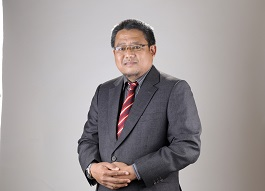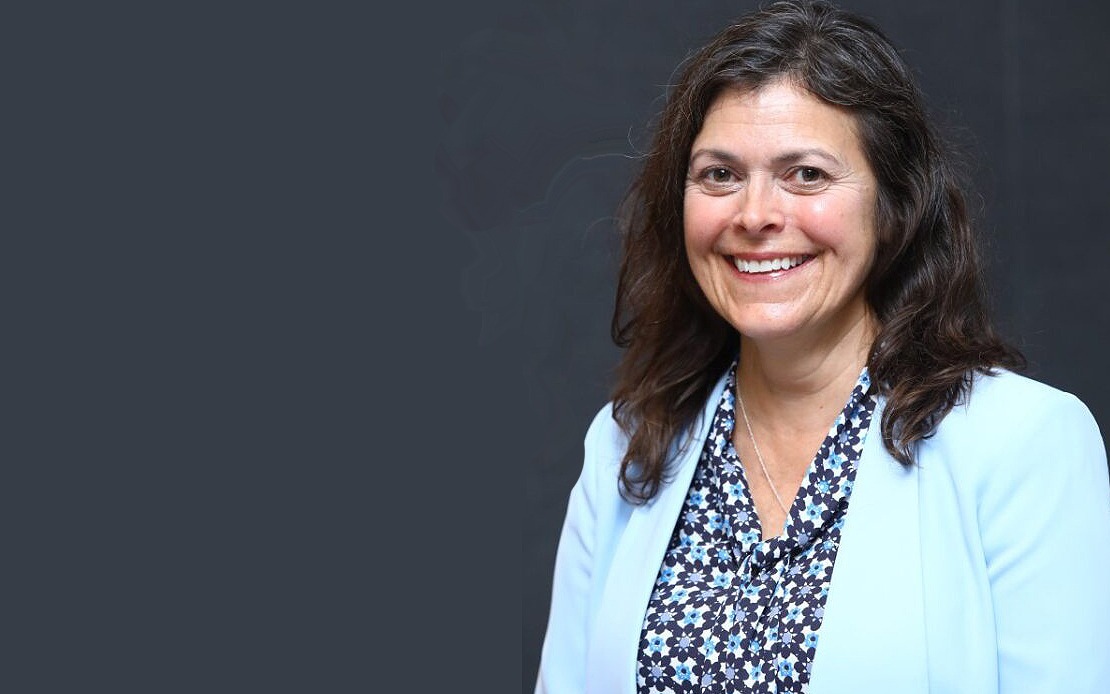Are Methadone Treatments Getting Less Popular?

By Kurniawati Kamarudin
The methadone drug replacement therapy, known as MAT (Medication Assisted Treatment), has been used in this country since 13 years ago to help opioid addicts start a new life, free from drugs. These series of articles will delve into the efficacy of the treatment and its effects on addicts. This is the first of a three-part series.
KUALA LUMPUR (Bernama) -- There was some debate when the drug replacement treatment methadone was introduced in 2005.
The confusion was over whether the drug, delivered in the form of a syrup to recovering addicts, was merely replacing one addiction with another. This was because patients would need to take their methadone prescription on a daily basis.
It has been 13 years since the Health Ministry (MoH) implemented the treatment in public and private clinics as well as several other government facilities. What is now evident is that the methadone has helped cure addicts of their addiction to illegal opioids.
The biggest success from the drug replacement treatment is, however, in reducing the number of HIV/AIDS patients from among drug addicts. This achievement is even recognised by the WHO as one of the best practices in a harm reduction programme.
Before the treatment, 80 percent of new HIV cases in the country were the result of drug abuse. However, the latest statistics by the MoH reveal that 96 percent of new cases of HIV are sexually transmitted, with the majority of cases being homosexual and bisexual transmissions.
POORER RECEPTION
Today, however, there seem to be fewer facilities offering the treatment compared to when it was first introduced.
According Dr Rusdi Abdul Rashid, the director of the University of Malaya Centre for Addiction Science Studies (UMCAS), methadone drug replacement programmes are today only taking place in MoH-sponsored clinics.
There are currently some 500 clinics, prisons and government facilities - including those under the National Anti-Drugs Agency (AADK) - providing methadone pharmaceutical services.
"The methadone programme seem to be less appealing now with the number of patients at AADK facilities dwindling. This is especially the case in prisons and at the Cure and Care (C&C) clinics which offer treatment to those voluntarily seeking help," Dr Rusdi told Bernama recently.
The C&C in Sungai Besi used to treat around 300 patients a year but the figure has now dwindled to 20 to 30 patients a year.
“The C&C clinics run by AADK used to be very popular among patients so we hope that the programme will continue to be developed. Patients like the idea of seeking help on a voluntary basis instead of being forced to do so, such as at rehabilitation centres," he said.
Statistics by the ministry's Pharmaceutical Services Division reveal that there are only seven C&C clinics under the AADK participating in the programme namely the C&C Clinic in Bukit Mertajam (Penang), the C&C in Ipoh (Perak), the C&C in Sungai Besi and San Peng (Kuala Lumpur), the C&C in Tampin (Negeri Sembilan) and the C&C in Tampoi and Taman Dahlia (Johor).
AADK has implemented the methadone programme at 18 locations nationwide. The programme is also run in 14 prisons.
COMMUNITY-BASED TREATMENT
The voluntary treatment programme at government and private clinics as well as C&C clinics enable recovering addicts to receive treatment while they continue integrating with the community.
Recovering addicts can continue living normally and work, have a family or study if they so wish because a key component to addiction recovery is connection with the society around them.
The University Malaya Medical Centre (UMMC), which runs a methadone treatment programme, found that 80 percent of patients persevere with the treatment even after a year.
"This is an achievement because it is extremely important to stick with the programme. It enables us to treat them for infectious diseases like HIV and provide effective counselling.
"This allows them to have life of quality where they can live with their family, work and contribute to the economy," said Dr Rusdi.
Methadone therapy will also eliminate their reliance on illegal opioids, as well as the need to commit crimes like snatch theft to fund their drug habit.
"This indirectly reduces the overcrowding problem in our jails due to drug-related crimes," he added.
A CHRONIC ILLNESS
Just like those who suffer from diabetes and high blood pressure, opioid addicts suffer from a chronic illness that requires them to be on medication for the rest of their lives.
This happens because the "reward centre” in their brains are damaged and need to be corrected using treatments like methadone or other medication such as buprenorphine and naltrexone. This is in addition to counselling.
"They have to continue with counselling even after they have stopped taking methadone or buprenorphine. There is currently no treatment that can fully cure the addiction.
"The methadone treatment helps prevent criminal tendencies and health complications, especially infectious diseases like HIV and hepatititis," he said.
There are, however, limitations to the programme in the form of side effects to patients, particularly those on HIV medication.
Methadone reacts with HIV medication so patients who are on the latter would need to take a much higher dosage of methadone to stave off their heroine addiction: 40ml or 200mg a day.
"Those who do not need to take HIV medication can take the standard dosage of between 12ml and 20ml or between 60mg and 100mg.
“The side effects from such high dosage of methadone include constipation, constant drowsiness, low sex drive and irregular heartbeat that can lead to heart attacks," he said.
In the long term, doctors who are forced to give higher dosages to patients will place a higher financial burden on the public healthcare system.
NEED FOR ALTERNATIVE MEDICINE
As such, there is a need for HIV-infected addicts to get on an alternative medication that does not cause extreme side effects.
Buprenorphine is found to be the most suitable replacement, as it does not interact with the HIV medication.
"At the moment, the alternative medication is not provided in government clinics. It is only available at private clinics and UMMC.
"We are hoping that government clinics would make this available as well so that patients would have better treatment options," he said.
Dr Rusdi said that UMCAS was also studying another form of treatment to treat alcohol and opioid addiction called the ‘naltrexone implant’, which is currently being used overseas.
Naltrexone was previously prescribed in pill form. The implant allows it to remain in the body for three months.
“Naltrexone Implant is available in Australia, Russia, the United States and United Kingdom. It is still new in the country and has yet to be registered.
"The advantage of implants is that we can treat those who take a variety of drugs," he said.
Some 70 to 80 percent of drug users take not only opioids but synthetic drugs like sleeping pills, methamphetamine and alcohol.
A year-long pilot study was launched by the MoH in November in Permatang Pauh, Penang to collect data on the efficacy of the implant.
“The results will be vital in deciding whether or not it should be registered in the country as an alternative method to treat drug addiction," he said.
Translated by Sakina Mohamed
--BERNAMA
HealthEdge
EXCLUSIVE

Pet Vaccination, Public Awareness And Surveillance Key Towards Rabies-free Southeast Asia - Experts
KUCHING, Dec 11 (Bernama) -- The goal of making Southeast Asia free from human rabies can be achieved through a total understanding of the disease, how it can be prevented and responsible pet ownership among communities, say experts.
read more ››IN FOCUS

TAVI KAEDAH BAIK PULIH INJAP JANTUNG TANPA PEMBEDAHAN



